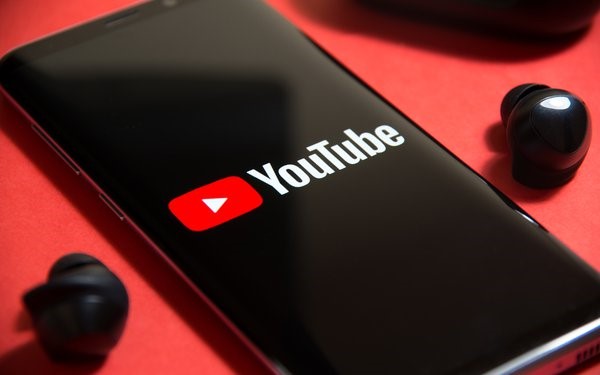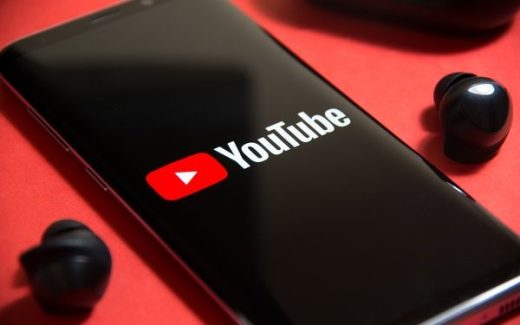YouTube Develops Synthetic Audio Identification Tech
YouTube Develops Synthetic Audio ID Tech

YouTube is working on AI tools that advance detection of AI-generated voices or music and faces, especially when the audio or face belongs to a notable identifiable human.
The tools allow athletes, creator, actors, musicians and many others to detect and manage AI-generated content detecting their voice or showing their face on YouTube.
The commitment to “AI responsible development” starts with “synthetic-singing identification technology” in Content ID,” a system to help copyright owners identify and manage their content on the platform, Amjad Hanif, vice president of creator products at YouTube, wrote in a Tuesday blog post.
The technology simulates a creator’s or an artist’s singing voice. YouTube will launch a pilot with partners early in 2025.
Content ID has been around since 2007, providing controls to rights holders across their entire catalogs on YouTube. Billions of claims are processed annually, while generating billions in new revenue for artists and creators through reuse of their work.
Hanif wrote that YouTube is committed to bringing the same protection into the AI age.
The idea is to protect content from unauthorized access and use. Hanif wrote that YouTube believes it should enhance human creativity, not replace it. Developers are creating guardrails into AI that address concerns with a focus on fostering an environment where innovation flourishes.
More advertisers have begun to use AI prompts to create people in ads — stills and videos — with some looking eerily authentic.
YouTube’s generative AI tools, like the experimental Dream Screen for Shorts, opens possibilities for creators, allowing them to express creativity and engage audiences. Creators retain control of the creative process, guiding the tools’ output and deciding what to share.
Google, YouTube’s parent company, explains that Dream Screen for Shorts is an experimental feature on YouTube that allows users to create AI-generated background images of videos for short clips. Users enter a text prompt describing the background, and the AI will generate the scene.
For example, a user could type “fancy hotel pool in a winter wonderland” to create a background of that scene. The AI can generate unique still or animated images used as a green screen background in the short.
YouTube, however, does collects prompts, related content, and feedback from users of Dream Screen to help improve and develop its products and services.
(11)


